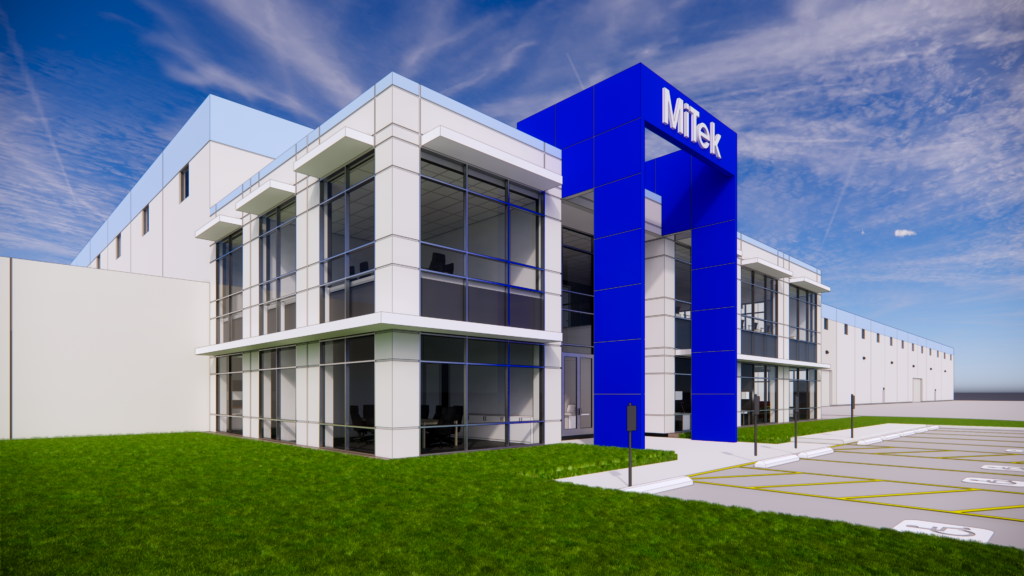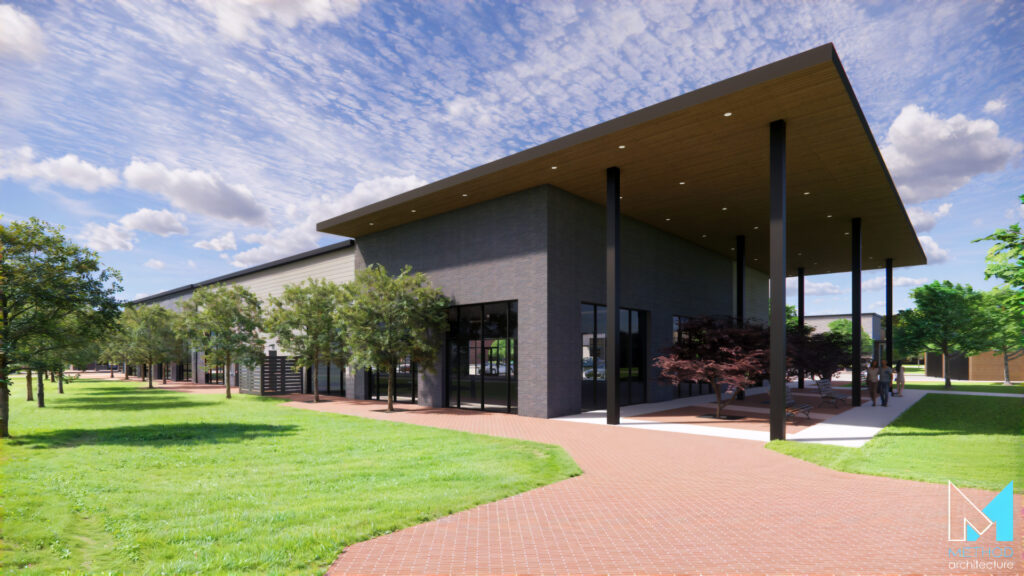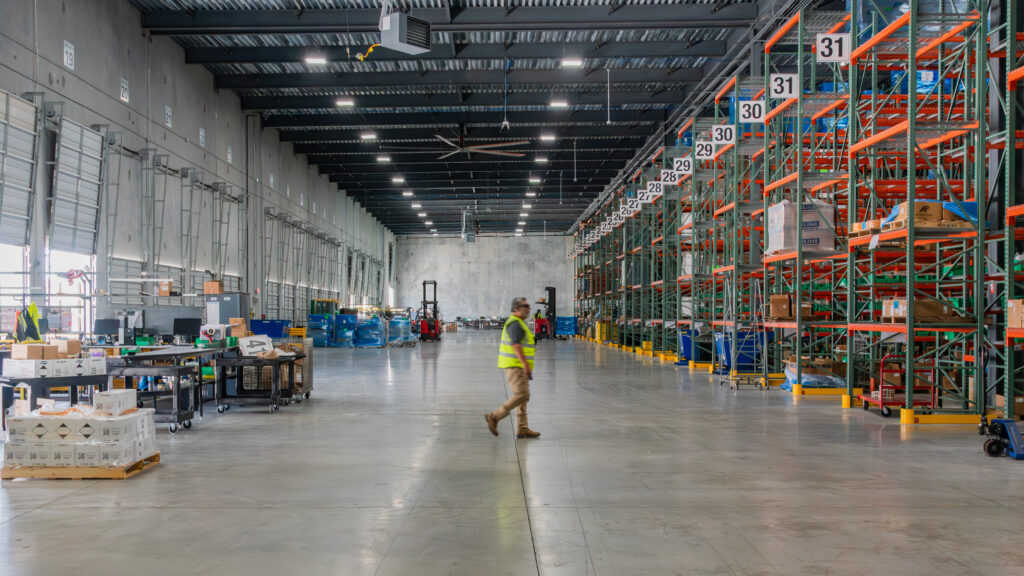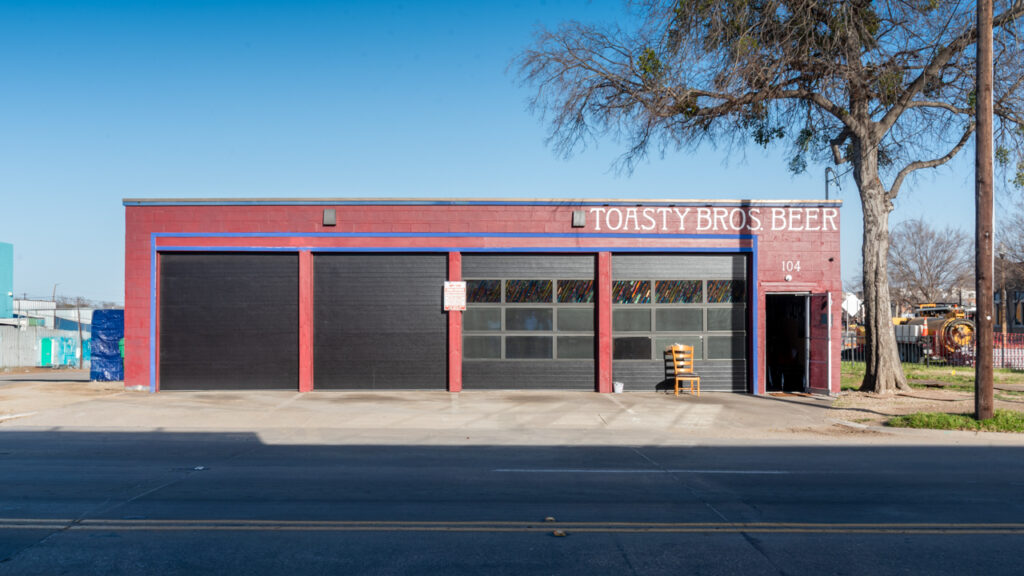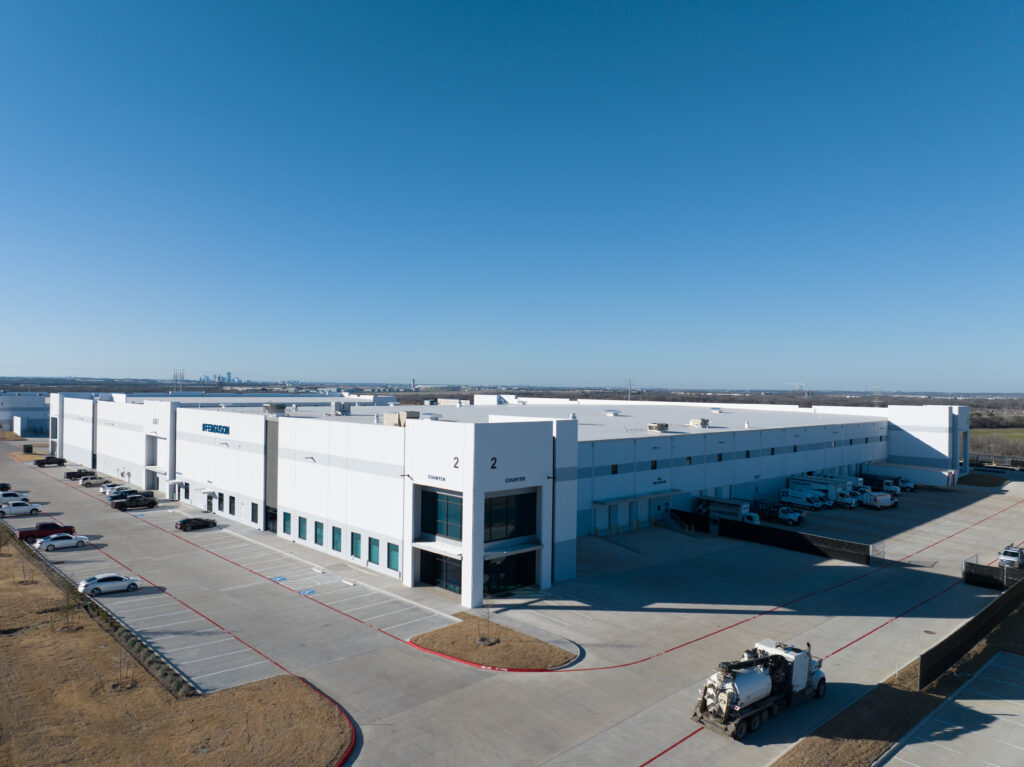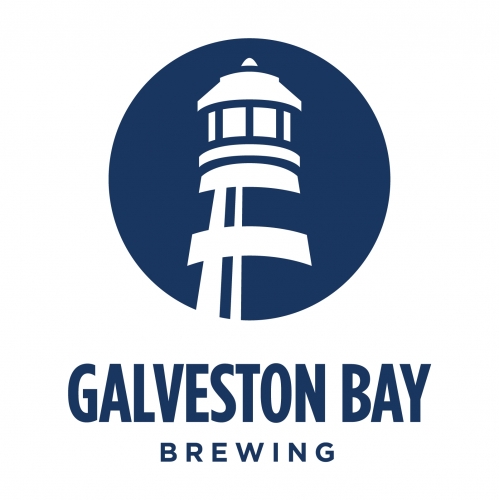CRE Chats: Danny Harrington LEED GA, PE
Welcome to CRE Chats! Here we sit down with leaders in the commercial real estate industry to discuss industry trends, technologies, and how we continue to move our cities forward. Recently, we talked with Danny Harrington. Danny is the Vice President of Project Management for Colliers International’s Austin office. He is responsible for construction management focusing on owner’s representation for commercial projects.

Do you see lasting economic impact in the DFW market from COVID 19? Slow or rapid recovery?
Yes, I believe the commercial real estate market will be impacted across the board, and I expect a slow recovery due to companies “toeing the water” post-COVID. I’ve already seen construction pricing drop as many projects stalled and subs are becoming more aggressive to create revenue. I sit in an office surrounded by office brokers, and I hear daily about the amount of new subleases hitting the market. It’s not a stretch to say that the availability of subleases impacts demand for direct space, which in turn impacts the demand for design and construction projects.
Are you seeing tenants/users bringing up health, wellness, and other related issues when discussing the search for new space?
Yes, this will be a new criterion going forward as it relates to office space and retail space. This was a growing trend for employee retention before COVID-19. Now it is a necessity for employee health and safety.
Are you seeing impact to design, permit, and/or construction timelines as a result of COVID-19?
Yes. Design has remained fairly consistent as most designers have found ways to effectively work remotely. The duration for design extension seems to be more driven by the client’s abilities to make decisions. Permitting has taken longer and will get worse if the City’s permitting office closes. Construction durations have extended due to the lead time on materials, lights, wall systems, doors/frames/hardware, to name a few.
Apple, Adobe, AMD, Dell, Google, and now Tesla. Why do you think so many tech companies are expanding/relocating to Texas, Austin specifically?
It’s got a great pool of educated employees due to the amount of graduating college students staying in central Texas. The cost of living is low in comparison to each coast, and Texas is a pro-business state on many levels. Specific to tech companies, tech seems to follow tech. Many of the large technology and innovation companies take notice of what their competitors are doing, and when they do a little research into Austin, they often realize it’s a good environment for expansion or relocation.
With Austin’s strong tech sector, do you anticipate Central Texas being a leader in the development of autonomous vehicles, drones, and other technology?
I think definitely yes on the design and technology side. Central Tx, specifically Austin, has traditionally had a hard time to attracting the physical aspects of development (manufacturing) due to higher required wages. But companies, like Tesla, are starting to realize the periphery markets can offer competitive manufacturing costs combined with the employee stickiness that comes with being in close proximity to Austin.
[ Announcement – Tesla selects Austin for new gigafactory ]
How are you and your company uniquely positioning yourself to help clients through this?
Colliers as an organization has become a thought leader on COVID and how its impacting our clients (including work-from-home, office reentry, financial and efficiency trends, etc). I think what’s unique is that we aren’t sacrificing our values regardless of market conditions. It’s sometimes tough to advise clients to take action that negatively impacts your own revenue and earnings, but we adhere to a strict “clients before commissions” policy. Right now we’re spending a lot more time listening to our clients, researching solutions, and making recommendations that help clients deal with important short-term problems. In an environment where it’s difficult to create revenue, we are concentrating on protecting and creating relationships
What advice would you offer to your colleagues in the CRE and AEC industry?
Embrace the tools that allow you to work remotely. In the short term it’s a necessity but post-Covid there will be more people working from home, both clients and AEC professionals. The groups that are embracing this new reality are developing innovative processes that eliminate commuting to job sites, engaging more broad participation from clients working remotely, modifying designs on the fly, and pioneering internal workflow strategies. We work in an industry that’s historically slow to embrace change, it’s been exciting to see our community develop creative solutions to rise to this challenge. Necessity is the mother of innovation, as they say.
More About Danny
Danny started his career as a program manager in the United States Air Force. He managed a public works construction and maintenance portfolio at several military installations. Danny applied a metric-based decision making process to select projects for funding to optimize the installation’s annual budget. The metrics were based on various factors such as condition of the facility/utility, operational necessity, local priorities, and correction of state/local/code violations. Applying this method gave decision-makers a quantified, stratified list of projects to fund the most critical projects in the worst condition first.
Danny was also hired to oversee the regional facilities and infrastructure management program for 11 U.S. Air Force installations in six countries across Europe. He developed training seminars for the installations to improve their programs and evaluated the performance of respective sections. Danny worked on the team to consolidate the individual installation’s portfolio to create the regional portfolio containing 480 projects valued at $630 million.
To learn more about Colliers International, click here.






